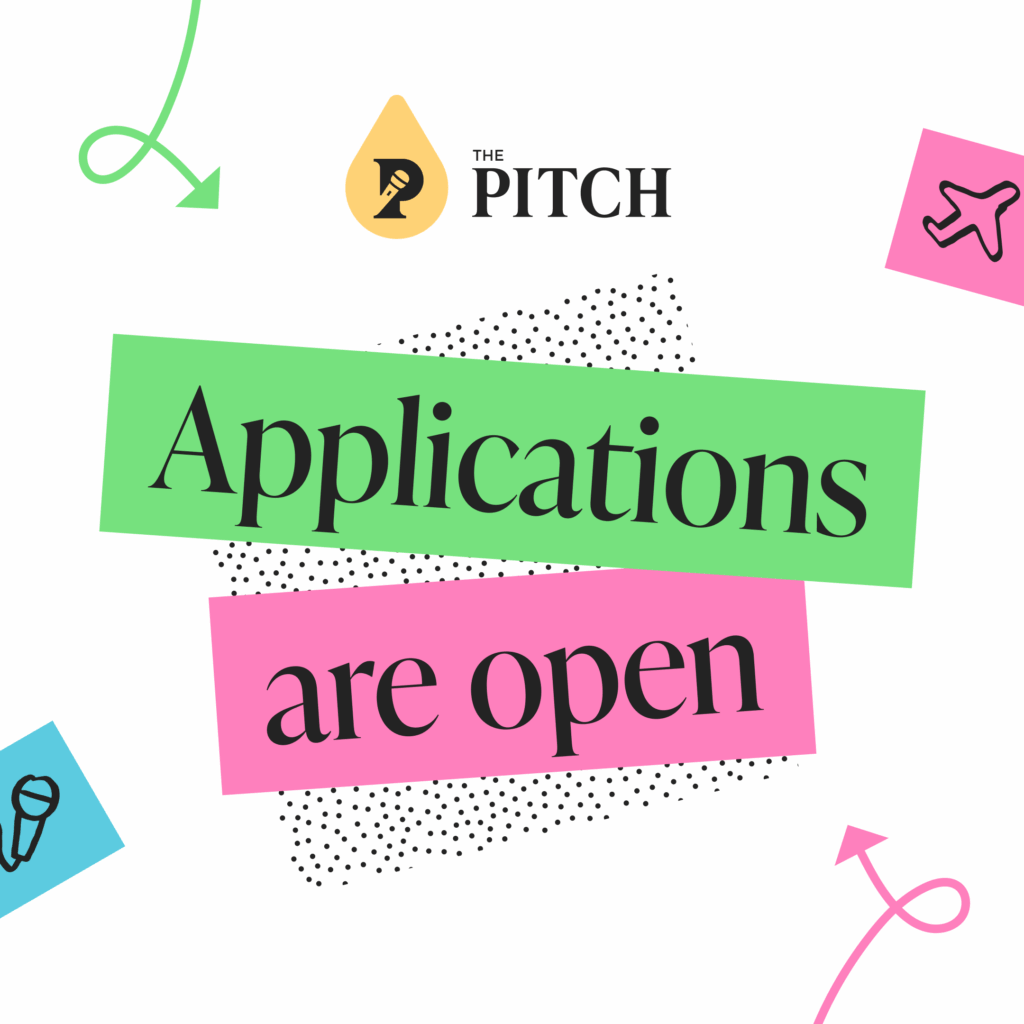It’s easy to get carried away with a great idea. But for startups developing an app – particularly with limited cash and resources – this can be a risky thing to do.
We all know that even the best ideas in the world can fail if they’re poorly executed.
That’s why developing an app requires a healthy dose of planning and strategic thinking before you even get started. It’s natural to want to hit the ground running, but this preparation is essential to minimise risk and give your app a solid chance of success.
It also helps to know what the biggest pitfalls are in advance. We’ve outlined the seven biggest mistakes startups make when developing an app, from abandoning your core vision to mismanaging budget.
Seven mistakes with startup app development
1. Building your app solely on assumptions
When you feel like you’ve landed on a great idea, the instinct is to jump on it immediately and start bringing it to life before someone else does.
While it might feel counterintuitive to hold off at this stage, it’s crucial that you validate the assumptions you’re basing your idea on.
You, your friends and close peers might think it’s a good idea, but what about the wider market? It’s important to look beyond your own circle to find out if there really is enough of an appetite out there to make your app a success.
Take the time to do some thorough research into the market and your potential users to prove – or disprove, as the case may be – your assumptions. You can validate your idea in a number of ways, including surveys, interviews, competitor research and trend analysis.
Need help with this stage? Tech experts AVAMAE can guide you through this process during your app’s development.
2. Abandoning your core vision
When you start the process of building an app, it helps to have already firmed up its central purpose. You should be able to sum up your app’s function in a simple sentence or two, outlining the problem it solves and why it matters.
You can tweak and evolve this along the way, if your research shows that you need to pivot slightly. However, it helps to have something solid to build from.
If you skip this step, it’s easy to lose sight of what you were trying to achieve with your app in the first place. Before you know it, your app is overcomplicated and you’re struggling to explain clearly what it does.
This can severely weaken your USP and throw a spanner in the works when it comes to marketing. It may also make it harder to get buy-in from potential investors, who will be looking for a watertight mission to get behind.
3. Forgetting about branding
While we’re on the subject of marketing, it’s vital to take time to think about your market positioning. What do you want customers to think of when they see your app? How will it stand out in the market?
A common mistake is rushing the branding process or forgetting about it altogether. Your brand is a powerful tool to hook customers in; plenty of great apps fail because they don’t realise this.
Make sure you put together a basic brand identity and purpose. Your app’s visual identity should include its name, logo and colour palette – Canva is a good basic tool if you’re on a budget.
You’ll also need a document that sums up your brand voice and personality. This should dictate how your app will address customers: formal or informal, playful or intellectual. You can choose any tone of voice, providing it aligns with your brand’s purpose and values.
4. Mismanaging your app’s budget
It’s not the biggest leap to assume that your startup’s finances are tight.
As a result, it can be tempting to look for the cheapest services and resolve to save cash wherever possible. But while these good intentions seem sensible, they might see you falling for a false economy.
For instance, when it comes to the app build, you might find the cheapest freelancer you can or outsource the project to an affordable overseas agency. The problem? You could then end up paying through the nose to fix your app’s shaky foundations or unexpected bugs.
To create a high-quality app that will work for your customers and generate revenue for your startup, you need experts. And unfortunately, they don’t come cheap.
Be realistic about where you can cut costs and what is worth forking out cash for. Remember that hidden and unplanned costs are inevitable as well, so build in contingencies.
5. Misjudging your minimum viable product
The whole point of a minimum viable product (MVP) in the app-building process is to allow you to get your product to market as quickly and efficiently as possible. You want to be able to test what works and build traction, before you invest money in the real deal.
A common mistake is to get bogged down in the nice-to-haves when it comes to your app’s functionality. Your MVP should be as basic as possible; functional enough for customers to use but simple enough that it won’t cripple you financially.
Getting a basic version of your app out there will let you refine it in a more focused and purposeful way, since you can gauge how your customers are actually interacting with it.
6. Not taking a lean thinking approach
Lean thinking in the software and app industry is all about experimentation and testing. It favours collecting data and feedback at each step of the development process, which you can then use to inform your next move.
The lean thinking approach minimises risk, helps you to stay focused and stops you from spending time and money on all the wrong things. It also allows you to refine your app, bit by bit, in line with customer appetite and expectations.
It can be frustrating to have to take things slowly and go through so many iterations of feedback. But this is a critical part of successful app development, so don’t make the mistake of rushing it.
Building plenty of regular testing into your development process is the best way to make sure you end up with a viable product that your customers love.
7. Viewing your app’s launch as the end of the process
Getting your app out there might seem like the end goal while you’re in the development stages. But while it’s an important landmark (and definitely one worth celebrating) it’s far from the finish line.
Think of your app as a living beast: once it’s born, it should continue to grow and evolve. Launching your app, then, is only the beginning.
Continue to collect data, ask for user feedback and learn about how your app is being used. From there, you can map out what needs to be included in the next version to keep it fresh and engaging.
Marketing is also a key consideration here. Just because your app is available doesn’t mean people will find it. Point them in the right direction by promoting it through a variety of channels, keeping your target audience in mind:
- Post on relevant social media platforms – Statista has a useful breakdown of social platforms by demographic
- Reach out to relevant influencers in your industry who could test and review it – remember micro-influencers tend to have the most engaged audiences
- Use Google Ads to target customers searching for similar apps





